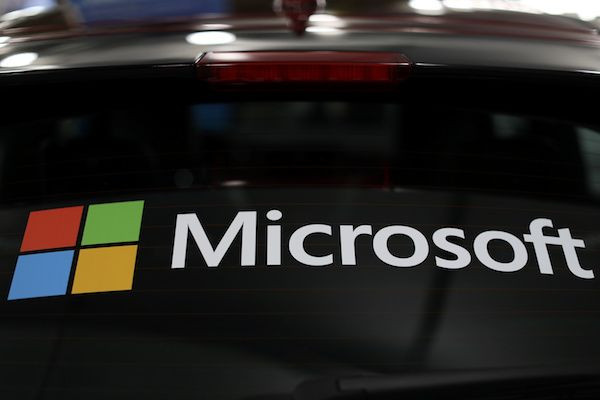Microsoft Surface Phone With Foldable Dual-Display Setup’s Hinge Explained In New Patent

The long-rumored Surface Phone could actually come true in 2018. A new patent application by Microsoft is apparently detailing some information on a foldable handset that’s running Andromeda OS. The device is expected to be foldable, so that the hardware would be pocketable.
Just recently, a patent application by the Redmond giant surfaced on the World Intellectual Property Organization (WIPO) website. The document mainly explains a “hinge with free-stop function” for mobile phones and tablets. The patent claims that the need for such a technology is evident nowadays because hinges for dual-display devices are more often than not problematic.
Some of the problems that conventional hinges have were pointed out in the patent application. For example, there is mention of bulky hinges that protrude when the mobile devices are switched to different positions. Another issue is the inability of traditional hinges to accommodate very thin displays. Other problems include the hinges preventing the devices to open and close smoothly.
The document also comes with several illustrations to further explain how the free-stop hinge mechanism of the dual-display Surface device works. Microsoft’s invention would basically enable 360-degree rotation of the displays. The hinge would also come with a free-stop feature so that users can freely stop the device in any position through the 360-degree rotation.
“The hinges provide numerous advantages. Foremost, the flexible connection members stay within the channels of the hinge lugs and do not extend (or extend minimally) beyond the surface of the dual-display device as it is being rotated through 360 degrees,” a part of the patent reads. “Moreover, the flexible connection members can be easily tightened, such as by turning a screw that is exposed externally with the dual-display device in a closed position.”
The Andromeda device could be a cross between a phone and a tablet. The foldable feature would offer users the ability to switch from a smartphone to a tablet in an instant. In the same way, users can also switch the tablet to a smartphone so that mobility is not compromised. This is what Microsoft is aiming for with the upcoming technology.
“Mobile phone displays have increased in size to the point where they can now consume almost the entire viewing surface of a phone. To increase the size of displays any further would require an increase in the size of the phones themselves. This is not desirable, as users want their mobile phone to fit comfortably in their hand or in a shirt or pants pocket,” Microsoft wrote.
Phone Arena says it seems Microsoft’s upcoming Andromeda device, which will be released by the Surface division, is tailor made for business users. Hence, it’s still unknown whether the public would respond to its release positively. Nevertheless, the outlet indicated that pricing and specifications would certainly play a big part in the public’s response.
The emergence of the patent application comes after a previous Microsoft patent revealed 3D renders of a dual-display Surface device that features OLED display and a modified USB-C port, as pointed out by WinCentral. The publication has also learned that each side of the dual-display setup measures around 6 inches in size.
© Copyright IBTimes 2024. All rights reserved.











